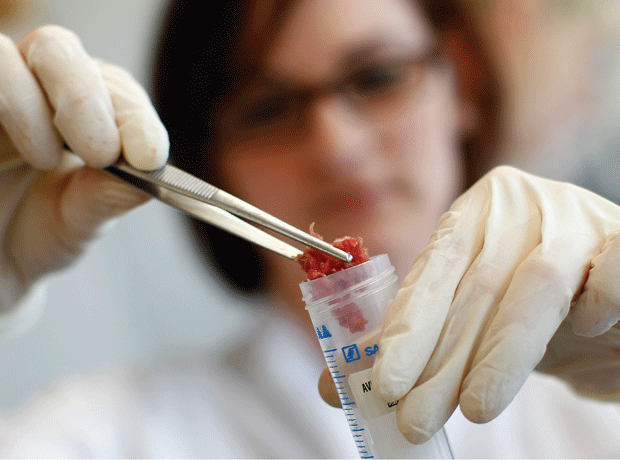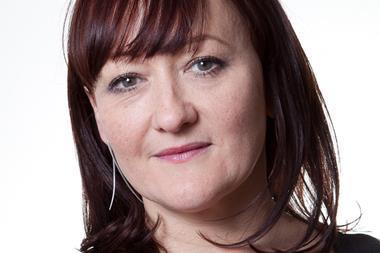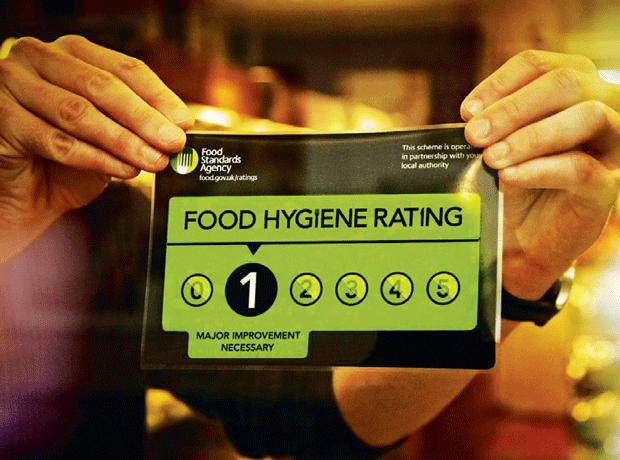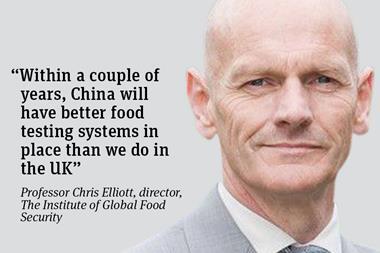
The FSA wants to use threshold limits similar to those introduced for horsemeat in beef to tackle future food adulteration scandals.
In a report presented to the FSA board on Wednesday (18 November), director of policy Steve Wearne said the regulator needed to “develop an approach to how we work with food businesses and enforcement agencies in response to food adulteration incidents, and in particular how we identify thresholds for action”.
Wearne claimed evidence suggested the thresholds set for traces of horsemeat in beef – which stand between 0.1% to 1% – had successfully helped enforcement agencies identify where there was a need to investigate further or take enforcement action.
He added the emergence of “other risks” since last year - such as the adulteration of herbs and spices - indicated a need to consider setting adulteration thresholds for other food products.
However, given the range of food products and commodities that might be at risk, Wearne said the FSA did not favour setting thresholds for specific adulterants in specific foods. Instead, he said the regulator wanted to develop a “principles-based approach” to govern how it would set thresholds following a food adulteration incident. Wearne said any threshold would consider the risks associated with the adulteration, including chemical and microbiological risks and the risk of allergy. The “acceptability” of the risk to consumers would also be considered, including but not limited to grounds of religious observance, he added
The proposals were generally welcomed by the FSA board, although board member Paul Wiles said thresholds for natural contaminants would need to be carefully considered. and the cost implications for food manufacturers.
Other board members raised the need to distinguish between adulteration with ingredients that were not on the label, and adulteration with substances that posed a danger to health. They also discussed a need for robust sampling and intelligence to identify food adulteration incidents.Eoghan Daly, policy and technical advisor for The Institute of Food Safety Integrity & Protection, told The Grocer he thought the proposals were “generally a good idea”, but warned they could have cost implications for the food sector.
“We need to establish acceptable levels of adulteration in order to avoid false positives from trace contaminations,” he said, adding a “wholescale programme of thresholds” would be expensive to implement.” He suggested an alternative approach would be to risk profile the most vulnerable foods and share that information with the food industry, where many manufacturers already had “de-facto adulteration thresholds” for quality control purposes.
A consultation on the FSA food adulteration proposals is expected next year.



















No comments yet